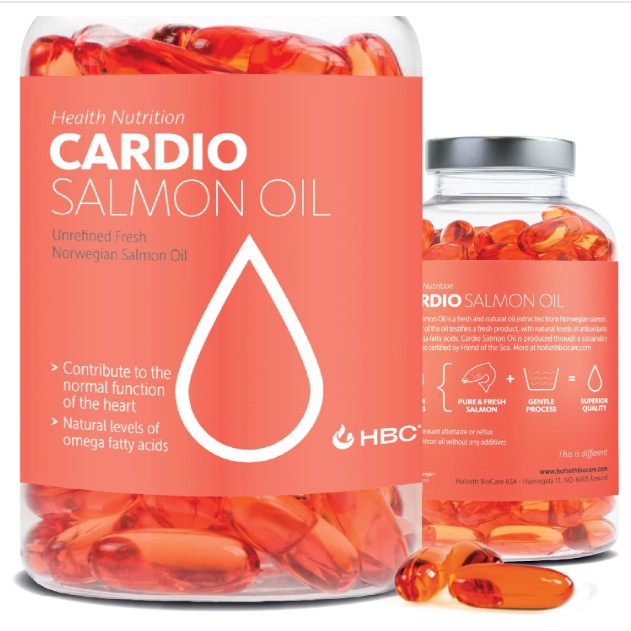Intraventricular nicardipine, a potent calcium channel blocker, has been widely used in the clinical field for its vasodilatory properties. However, recent studies have shown that it may transiently increase intracranial pressure (ICP). In addition to this, Doppler studies suggest that intraventricular nicardipine dilates resistance vessels. This article will delve into these findings and what they mean for the medical community.
Intracranial pressure refers to the pressure inside the skull and thus in the brain tissue and cerebrospinal fluid. An increase in ICP can lead to serious complications such as brain herniation and death. It has been observed that administration of intraventricular nicardipine can cause a temporary rise in ICP. This transient nature suggests that it is not a persistent or long-lasting effect but rather an immediate reaction which subsides after some time.
The mechanism behind this phenomenon is not entirely understood yet. However, researchers speculate that it might be due to an initial vasodilation caused by nicardipine which subsequently increases cerebral blood volume thereby increasing ICP. It is also proposed that it might be due to the disruption of autoregulatory mechanisms of cerebral blood flow.
On the other hand, Doppler studies have suggested another interesting effect of intraventricular nicardipine – dilation of resistance vessels. Resistance vessels, primarily arterioles, are small-diameter blood vessels in the microcirculation system which serve as a primary site for variable resistance which controls blood flow to different body parts.
The dilation of these vessels by nicardipine improves perfusion especially in areas with compromised blood supply. This effect can be particularly beneficial in conditions like cerebral vasospasm following subarachnoid hemorrhage where decreased perfusion can lead to ischemic damage.
However, it’s important to note that while this dilation improves perfusion, it may also contribute to the transient increase in ICP as mentioned earlier. The increased blood flow due to dilated vessels might temporarily overwhelm the brain’s capacity to drain the blood, leading to an increase in pressure.
In conclusion, intraventricular nicardipine has a dual effect. On one hand, it can transiently increase intracranial pressure which needs careful monitoring and management. On the other hand, its ability to dilate resistance vessels can improve perfusion especially in areas of compromised blood supply. These findings underscore the need for careful administration and monitoring of intraventricular nicardipine, taking into account both its beneficial and potentially harmful effects. Further research is warranted to fully understand these mechanisms and devise strategies to optimize its use.



